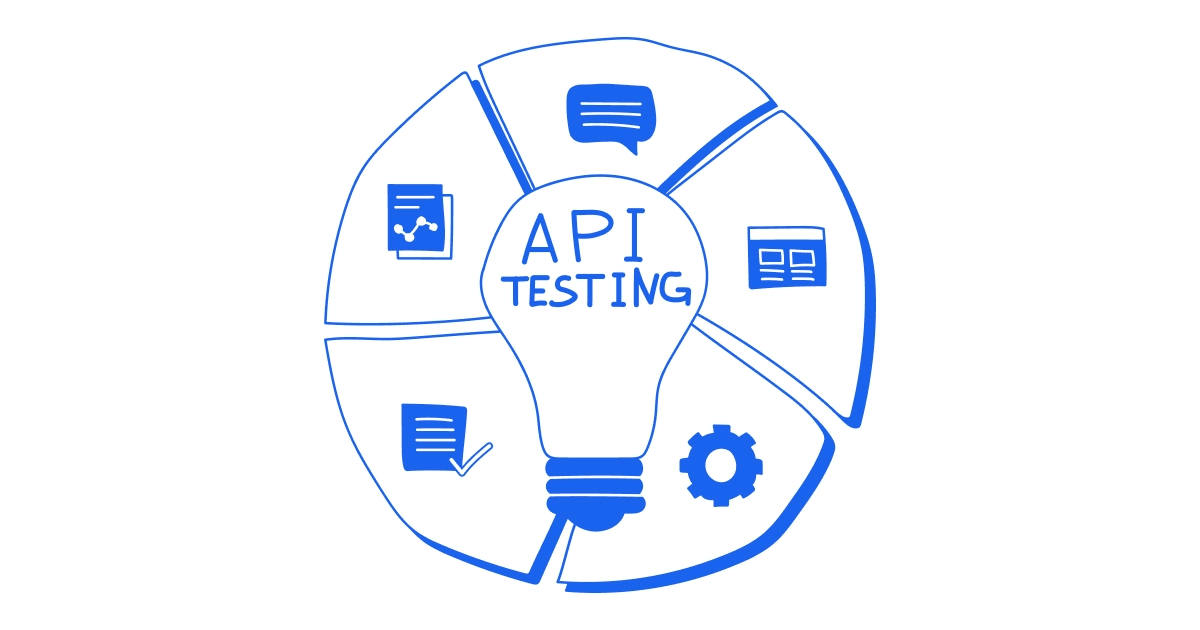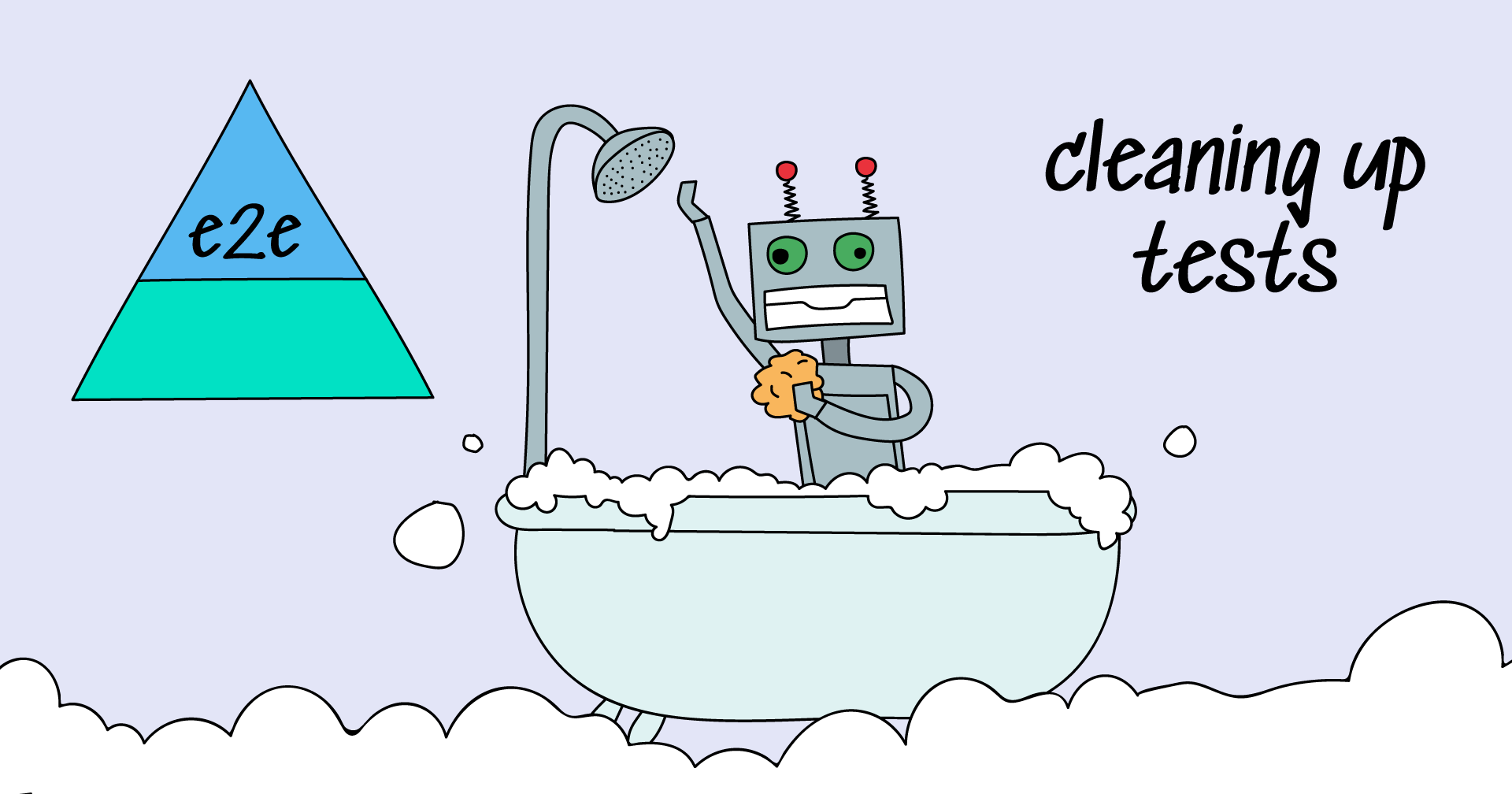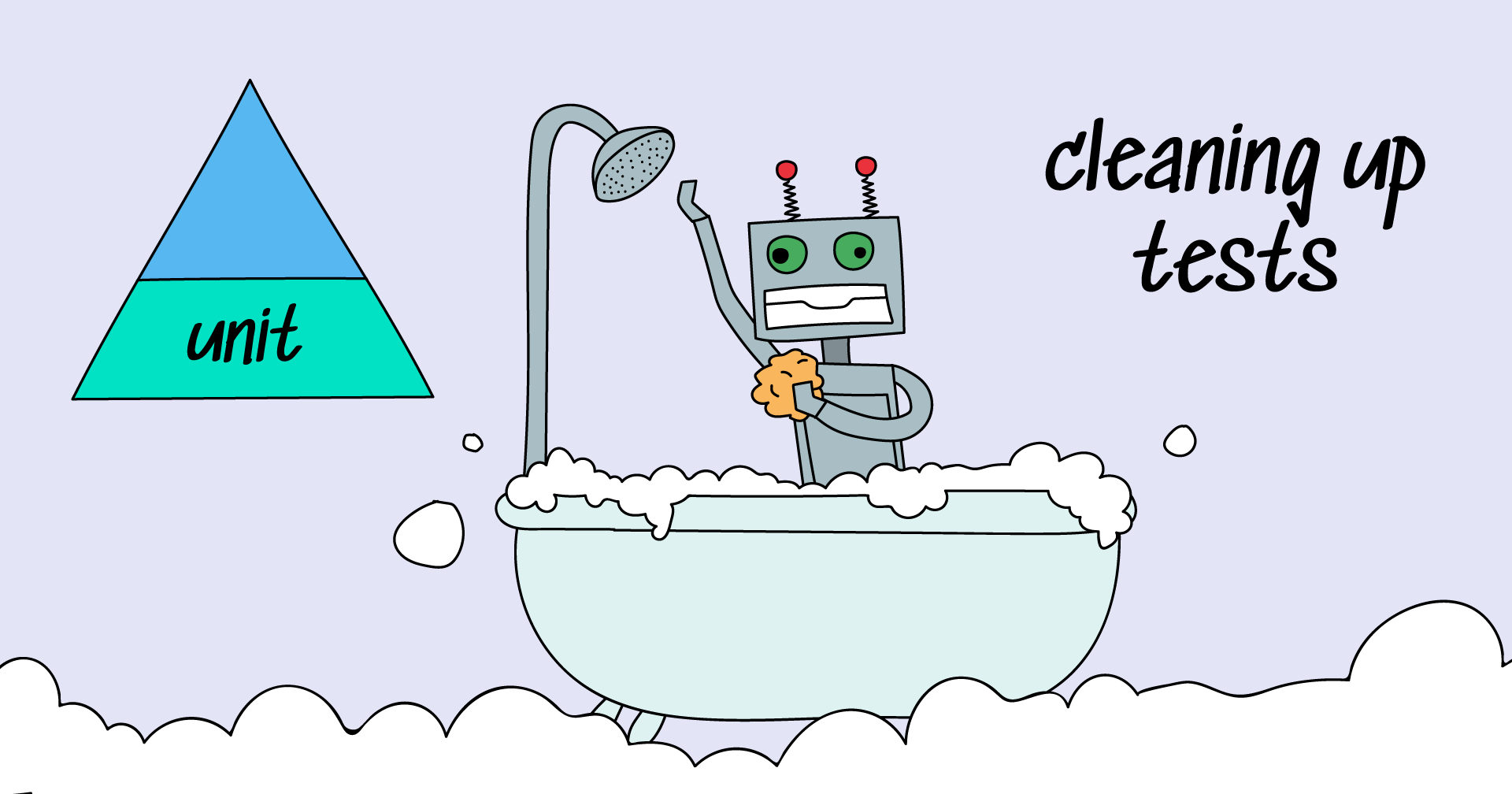An API is the middle man between the systems and layers within an application or software. API testing determines whether the APIs meet the tester's expectations of reliability, performance, functionality, and security. There are two main approaches to online data transmission (read more here):
- REST (Representational State Transfer) uses HTTP and is the web standards-based architecture. However, there is no official standard for RESTful Web APIs, unlike SOAP-based web services.
- SOAP (Simple Object Access Protocol) is a standard protocol defined by the WS3 for receiving and sending web service requests, etc.
Testing API tips
- Know the API Requirements. You should know the purpose of an API to prepare your test data for input and output. In addition, this part helps you understand the verification approach. For some APIs, you’ll verify the response against the database. For other APIs, you should verify the response against other APIs.
- Focus on Small Functional APIs. Login APIs, get token APIs and health check APIs are straightforward APIs with only one or two inputs. These APIs are necessary because they are the gateway to entering further APIs. You’ll ensure the authentication, API servers, and environment work properly by focusing on these simple APIs.
- Determine the API Output Status. The most prevalent API output in testing is the response status code. New API testers often determine if the API testing has passed or failed by verifying whether the response code equals 200. Although this check is not wrong, it doesn’t reflect all test scenarios for API testers. Instead, you should verify if the code follows global standard classes and if the code is specified in the requirement.
- Organize the API Endpoints. You may have hundreds of APIs for testing, but you should organize them into categories for the best testing results. APIs in the same categories share the same information, such as path and resource type. As a result, organizing your tests into structures makes your tests reusable.
- Use Automation. Capability for API Testing Leveraging automation capability is an excellent way to improve your API testing. It’s easier to run faster, more stable, and more reliable tests when using automation capability.
If you follow these five tips, your API testing experience won't be painful. On the contrary, it will be fast, reliable, and stable.
Learn more about Qameta Software
Learn more about Allure Report (and drop us a star!) and Allure TestOps, the all-in-one DevOps-ready testing platform. Subscribe to our brand new Monthly Newsletter below, or follow us on Twitter and LinkedIn. And, of course, feel free to ask for assistance at the GitHub Discussions page.



